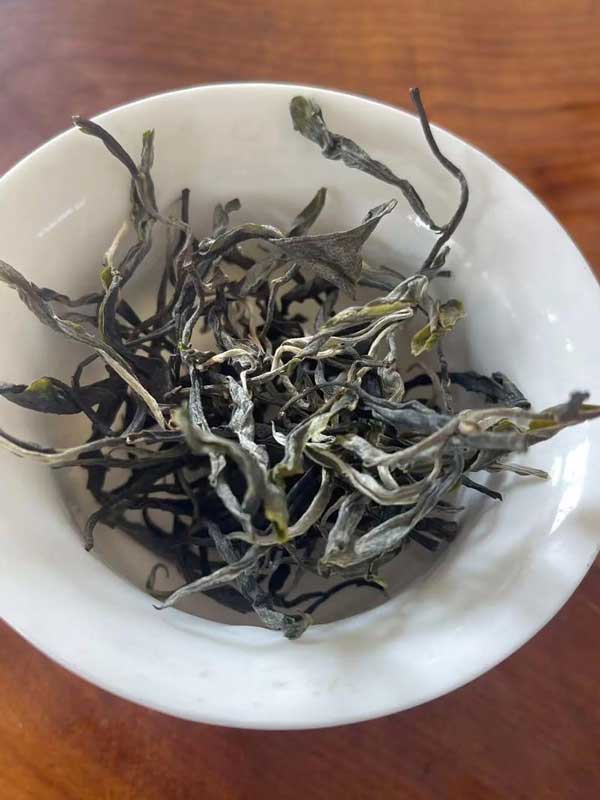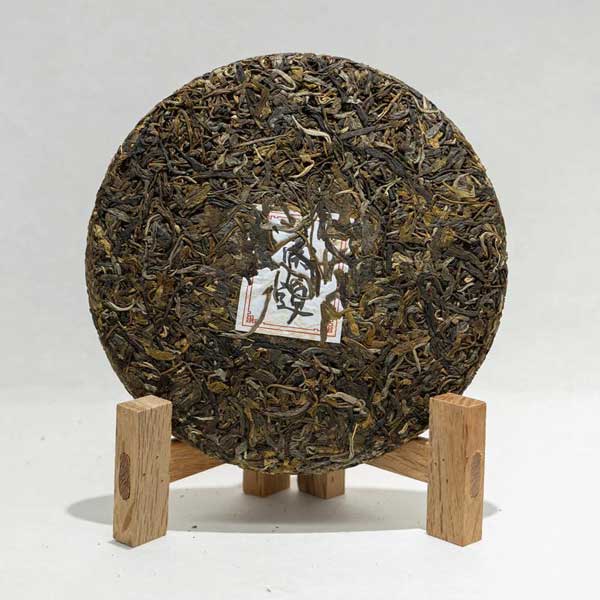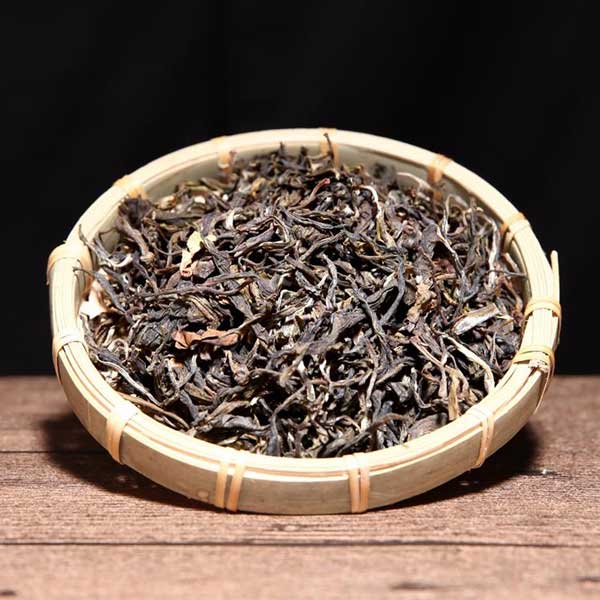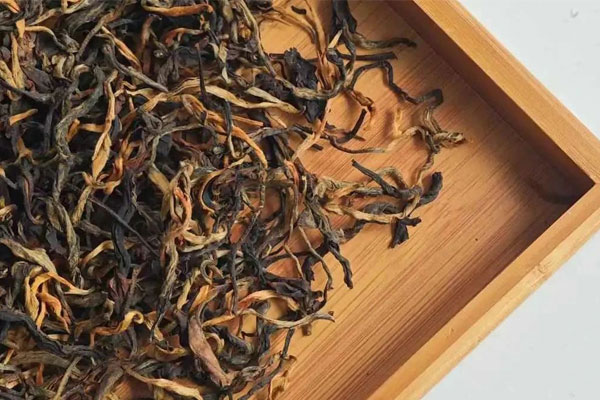Pu'er tea, as a traditional Chinese tea, has a very long history and rich connotations. Every spring and autumn, the Pu'er tea industry always has a seasonal dialogue. Spring tea is fresh and refreshing, and autumn tea is mellow. Who is better?
The difference between spring and autumn in Pu'er tea is hidden in the sequence of time and nature. Spring tea carries the essence of winter storage, and autumn tea condenses the charm of summer growth. From shape to taste, each has its own mark.

◆ Essential differences in growing environment
Pu'er spring tea: tea that is usually picked and processed from February to April each year, from the beginning of spring to the beginning of summer. After the winter dormancy, the tea tree accumulates rich internal substances. Tea leaves grow slowly in a mild climate and precipitate nutrients. Spring tea is divided into "pre-Qingming tea", "pre-rain tea" and "spring tail tea". Pre-Qingming tea refers to spring tea produced before Qingming Festival, collectively known as early spring tea. "The tea before the Qingming Festival is a treasure, with tender buds and leaves and many white hairs." Early spring tea is the best tea of the year. Pre-rain tea is the spring tea picked before the "Guyu" Festival. The tea picked from "Guyu" to "Lixia" is called "Spring Tail Tea".
Pu'er autumn tea: picked between Liqiu and Bailu from September to November, also known as "Guhua Tea". After the vigorous growth in midsummer, the dry and cool climate in autumn allows the aromatic substances in the tea to condense. However, there is often insufficient rain in autumn, so the leaves are inevitably a bit mature and vigorous, but this also creates a unique calm temperament.

◆ Five senses identification method
01. Observe its shape
- Spring tea: The buds are fat, with more hairs, the veins of the leaves are fine, the color is oily and dark green, and the strips are tight.
- Autumn tea: The leaves are thinner, yellow and brown, the strips are relatively loose, and the buds are small.
02. Smell its fragrance
- Spring tea: mainly fresh and elegant nectar fragrance, with the freshness of early spring.
- Autumn tea: mostly mature sweet and fruity fragrance, occasionally with a unique "autumn fragrance", a warm smell similar to rice after drying.
03. Taste its flavor
- Spring tea: fresh and refreshing, with a quick sweet aftertaste, the tea soup is as delicate as silk, and the bitterness is low.
- Autumn tea: mellow taste, obvious sweetness, fuller and rounder soup, but the bitterness is slightly heavier than spring tea.
04. Brewing resistance
- Spring tea: rich in substances, usually can be brewed 15-20 times and still have a lingering aftertaste, each brew has subtle changes.
- Autumn tea: although the sweetness of the first few brews is amazing, it gradually becomes bland after 10-15 brews.
05. Ingredient Analysis
- Spring tea: The amino acid content is generally 30%-50% higher than that of autumn tea, which is the source of its fresh taste. Tea polyphenols and caffeine are also richer, which not only lays the foundation for aging potential, but also makes the tea soup more refreshing.
- Autumn tea: The soluble sugar content is higher, creating a distinct sweet and mellow feature. The variety of aromatic substances is complex, making its aroma more three-dimensional.

◆ Selection of Tibetan Drinks
The nutrients contained in Pu'er tea mainly include carbohydrates, proteins, amino acids, vitamins, dietary fiber and other substances.
Amino acids are the main components of the taste of Pu'er tea soup. The taste is reflected by its freshness and the appearance is reflected by its tenderness. Both are proportional to their content, but amino acids will decrease over time, so the amino acid content of spring tea is higher than that of autumn tea.
However, the content of dietary fiber in Pu'er tea is higher as it is coarser and older, so the content of autumn tea is higher than that of spring tea, so Pu'er spring tea and autumn tea have their own merits.
If you are looking for collection value, the first choice is famous mountain spring tea, especially the first spring tea from famous mountain ancient trees, which appreciates by 20%-30% every year, and has greater room for quality improvement over time.
Autumn tea is a cost-effective choice. It is sweet and mellow when you drink it that year, and it will have a unique honey flavor after being stored for 3-5 years. In Guangdong, China, there is a tradition of collecting Menghai autumn tea. After proper storage, it can transform into an amazing medicinal fragrance.
For daily drinking, the sweetness of autumn tea is easier to drink; for the pursuit of years of precipitation, the potential of spring tea is worth waiting for.

Spring tea is as noble as "the grass and trees have their own heart", and autumn tea is like Magnolia officinalis, "everything is calm". In fact, there is no need to discuss the superiority. When the tea soup enters the throat, the tip of the tongue will naturally tell you: at this moment, you prefer the elegance of spring or the abundance of autumn.
Tea has no fixed taste, the fittest is precious, and the gifts of the seasons are inherently wonderful.

%20--%3e%3c!DOCTYPE%20svg%20PUBLIC%20'-//W3C//DTD%20SVG%201.1//EN'%20'http://www.w3.org/Graphics/SVG/1.1/DTD/svg11.dtd'%3e%3csvg%20version='1.1'%20id='图层_1'%20xmlns='http://www.w3.org/2000/svg'%20xmlns:xlink='http://www.w3.org/1999/xlink'%20x='0px'%20y='0px'%20width='256px'%20height='256px'%20viewBox='0%200%20256%20256'%20enable-background='new%200%200%20256%20256'%20xml:space='preserve'%3e%3cpath%20fill='%23FFFFFF'%20d='M194.597,24.009h35.292l-77.094,88.082l90.697,119.881h-71.021l-55.607-72.668L53.229,232.01H17.92%20l82.469-94.227L13.349,24.009h72.813l50.286,66.45l58.148-66.469V24.009z%20M182.217,210.889h19.566L75.538,44.014H54.583%20L182.217,210.889z'/%3e%3c/svg%3e)




